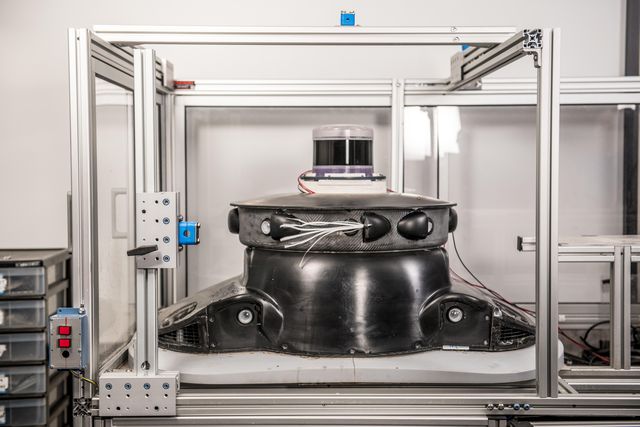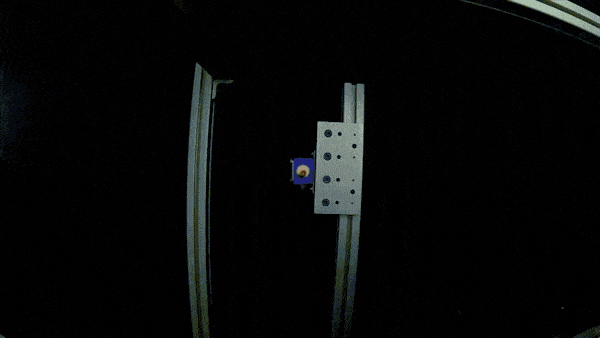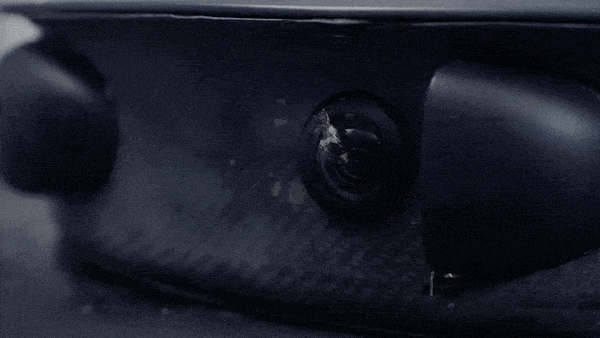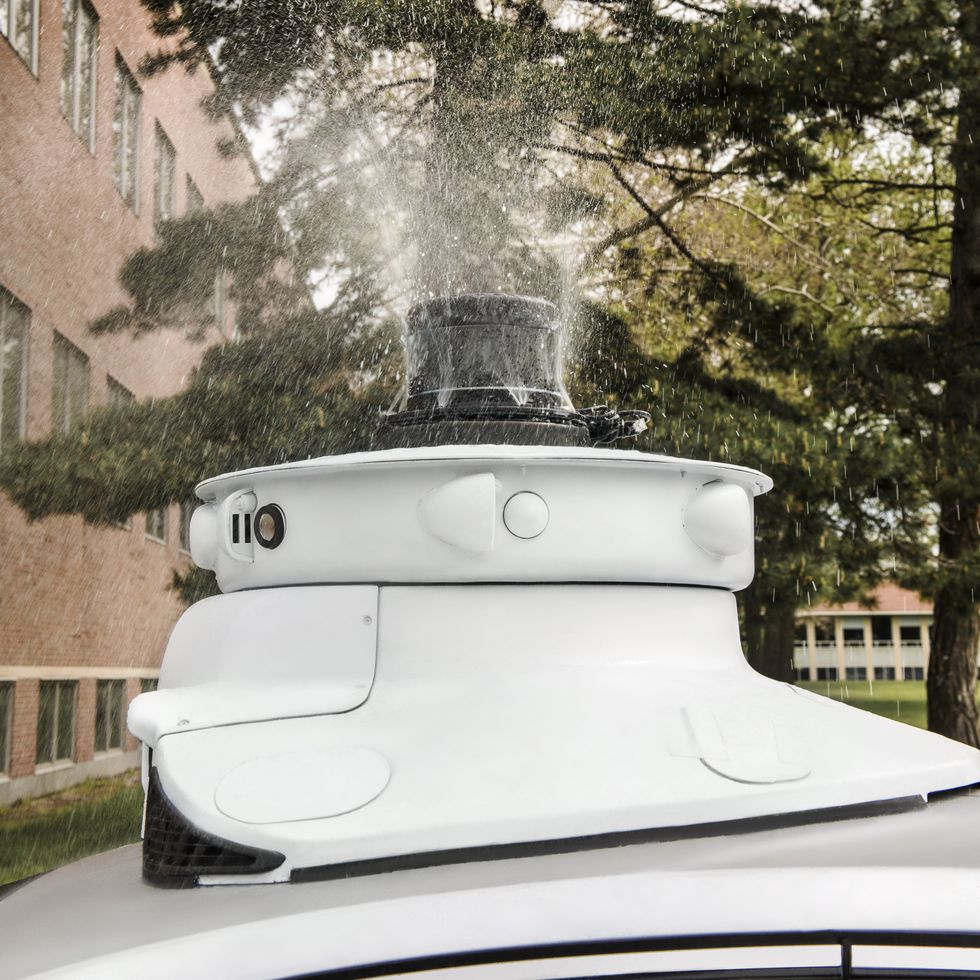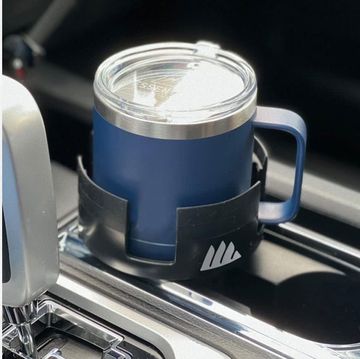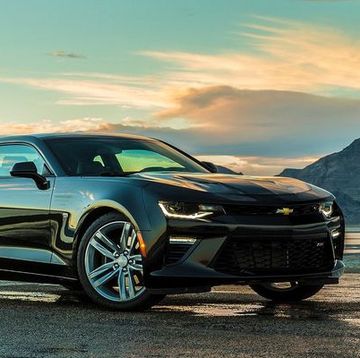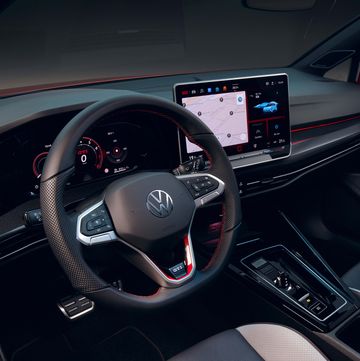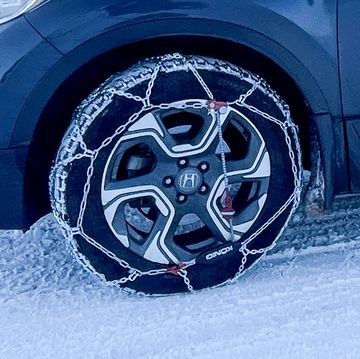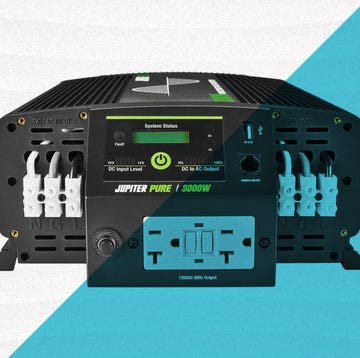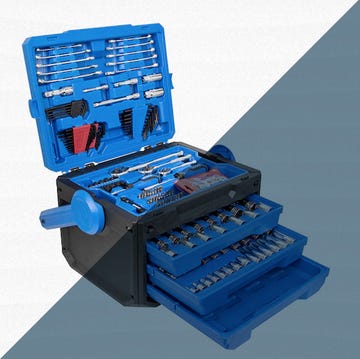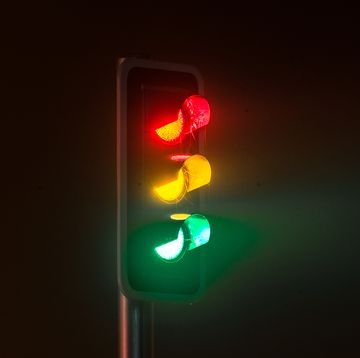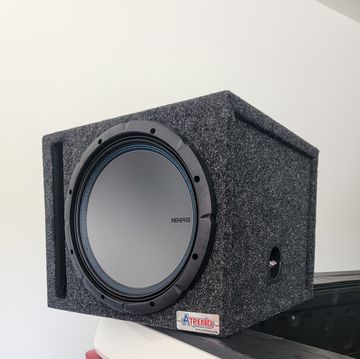Among all the obstacles facing self driving cars—from inclement weather to shaky public acceptance—there’s another few of us anticipated: Bugs.
Anyone who’s ever driven a stretch of road on a summer’s day (or night) has seen an insect come into view and…splat. The mess on the windshield is a minor annoyance, but when a bug obscures the LIDAR sensor on an autonomous vehicle, it’s a much more serious situation.
Ford has been working on autonomous vehicles with Pittsburgh-based artificial intelligence developer, Argo AI, since 2017. Now, the pair is even coming up with a solution for insects that impact and obscure AV sensors including LIDAR.
Lidar (light detection and ranging) measures distance by illuminating a target with laser light and measuring the reflected light with a sensor. Similar to radar, differences in laser return times and wavelengths discern the range, shape, and speed of static and moving objects.
But the sensors measuring reflected laser light can be obscured by bugs splattered across their lenses, leading to critical loss of information and crashes.
“We realized we needed to come up with a [LIDAR] cleaning, cooling, and control system,” says Mark Bosca, Ford’s Chief Engineer.
Some Air Shield Protection
Ford began looking at the “tiara”—the structure that commonly sits on the roofs of AVs and houses the LIDAR, radar, and cameras that enable them to “see.” Using a modified tiara on a Fusion sedan, company engineers came up with two solutions.
Ford’s team started by taking a preventative approach. If they could keep bugs (or dust, or snow) from hitting the sensor lens, there would be no problem. Engineers recognized they could alter an insect’s flight path with high-velocity air nozzles. The resulting “air shield” consists of a single nozzle residing on one side of the tiara, which blows air at a 35 to 40 degree angle across the LIDAR lens, pushing insects away.
“As the object comes straight on at the lens [the air shield] deflects it off to the side,” Bosca explains.
The bugs only need to make a slight course correction. Smears on non-sensor areas of the tiara are like bug debris on your hood, aesthetically unpleasing but not harmful. A tiny blower similar to that in your car’s HVAC system compresses the air from an intake elsewhere on the tiara. The air shield blower is always running though it varies speed according to the AV’s speed and environmental conditions. It can also be used to cool the LIDAR and other sensors.
Ford says the air shield is very effective, preventing the majority of bug strikes. Engineers did extensive computer modeling and also tested it in Michigan’s bug-infested Manistee Forest, a place suggested by local motorcyclists who know first-hand the area's bug-infested roads.
We asked Bosca if Ford has quantified how many bugs the air shield might save from a sticky fate?
“I probably can’t guesstimate," he says. "It certainly is an added bonus.”
A Quick Response Cleaning System
But the air shield doesn't have a 100 percent success rate, and those bugs it can't save need to be cleaned off. For that, Ford conceived a solution similar to the headlamp washers on European cars.
The sensor cleaning system places 16 spray nozzles around the LIDAR lens, spraying washer fluid at very high pressure onto the lens face. Bosca compares them to mini power-washers. When sensors behind the lens detect obscuration, Argo AI-developed algorithms characterize it (dust, snow, bug splat) and direct appropriate duration spray to the right place on the lens. Nozzles are individually controlled and use a combination of pumps and high speed valves to control deployment of the fluid.
“One thing that was important to us was to minimize the amount of [washer] fluid that the vehicle would be using out [on the street],” Bosca shares.
A lens sprayed with fluid is still obscured so a burst of high velocity air is sprayed immediately following the washer fluid, drying the sensor lens quickly.
“Our target is to have [the bug debris] cleaned in under one second,” Ford’s chief engineer asserts.
No Bugs In the System
But the most important thing is that the sensor gets cleaned reliably—every time.
Ford says the major shield/washer system components will last the life of the autonomous vehicle though the company won’t tell us how long that is exactly. Air shield filters will periodically need to be changed and washer fluid replenished, services you won’t likely do yourself.
But there is one caveat that makes this impressive, bug-cleaning system ineffective. Both the air shield and washer system have aerodynamic limits, meaning they won’t work once your AV exceeds a certain speed. But what speed exactly?
“The speeds that the vehicle will be controlled to are what we’ve been designing to,” Bosca allows.
Maybe the real nightmare is that your future AV can't exceed speed limits set by sensor capability, regulation…and bugs.
